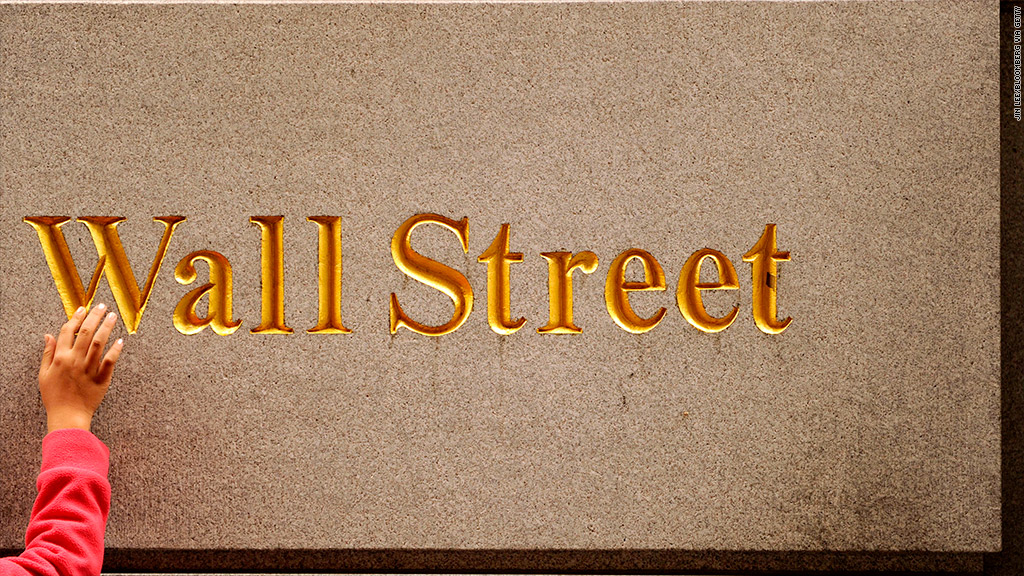
For decades, young people have dreamed about their first jobs on Wall Street -- the first-year six-figure pay check, the prestige, and an entrée into vaunted halls of some of the most hailed banks.
But the reality is far less glamorous, according to "Young Money," a new book by journalist Kevin Roose who follows entry-level Wall Street analysts in their first two years at Goldman Sachs (GS), Bank of America (BAC), JPMorgan Chase (JPM) and Credit Suisse (CS).
The truth, as Roose found out, is that these 22-year-olds' lives were less about big nights out and lavish lifestyles and far more centered around 100-hour work weeks, insecure bosses, crippling pressure and crises of conscience.
"A lot of people when they picture Wall Street they picture the 'Wolf of Wall Street,' people making a lot of money, driving fast cars, doing cocaine," Roose told CNNMoney. "It's not like that for the young people."
It's true that the analysts are paid upwards of $100,000 right out of college to work at some of the most prestigious banks in the world. It's also a fact that these jobs give them entry into the best business schools, private equity firms and hedge funds.
Related: The Super Rich are mad as hell - and doing great
But all the money and opportunities come at a price: not seeing daylight for days on end, staying at work through the night only to do 30 to 40 revisions on one project, getting publicly screamed at for an errant comma or an incorrectly formatted spreadsheet.
Roose wrote that one Goldman analyst pondered if he'd be able to get off from work if he were hit by a car, and if the trade-off for a few broken limbs would be worth it.
Another had a countdown clock mounted in his bedroom, ticking down the number of days, minutes and seconds until his two years at the bank were up.
A Citigroup (C) analyst told Roose that when he was diagnosed with an autoimmune disease that required him to take time off for treatment, he worried that he would be "penalized for his weakness."
Two Goldman analysts even started plotting a "mass exodus of first-year analysts" called Wall Street Drop Day, during which everyone would announce they were leaving on the same day, and storm the Internet with their "horror stories." They even reserved the domain name wallstdropday.com in case it ever came to fruition.
Related: The man behind @GSElevator
"Their initial excitement about working at the most esteemed bank of Wall Street had quickly evaporated, and devastating depression had taken root," Roose wrote.
It wasn't just the long hours and pressure from higher-ups that weighed on the analysts. Roose found that some had a hard time grappling with the idea of working on Wall Street right after a global financial meltdown sparked by the actions of the same firms where they worked.
Particularly rankling for them was the Occupy Wall Street movement, which started in Zuccotti Park, in the heart of New York's financial district. Hundreds of young college graduates had joined the movement to protest against a system where large corporations, especially financial firms, hold the power to write rules that disproportionately benefit a rich minority.
"The young people I followed spent a tremendous amount of time doubting and questioning what they were being taught, and questioning whether they wanted to be in finance," Roose told CNNMoney. "Many of them would see the Occupy Wall Street protesters, who were about the same age as them, out of their work window, and they had a hard time believing they were on this side of it."


